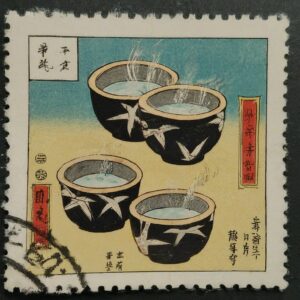Exploring the Diversity of Sake: A Guide to Temperatures and Types
Sake, Japan’s iconic beverage, is as complex as it is historic. While many might think of sake as a singular type of drink, the reality is that there’s a vast spectrum of varieties, each with its own unique profile and preferred serving temperature.
The Main Types of Sake
At the heart of sake classification are two key factors: the degree of rice polishing and whether brewer’s alcohol has been added. Here are the main types of sake you should know:
Junmai-shu: This pure rice sake is made without added alcohol and has a rice polishing ratio of at least 70%. It’s known for a fuller body and more savory notes1.
Honjozo-shu: Similar to Junmai, but with a small amount of brewer’s alcohol added, which can enhance aroma and lighten the body1.
Ginjo-shu: Made with rice polished to at least 60%, this type offers a more fragrant and fruity profile1.
Daiginjo-shu: A subtype of Ginjo with an even higher degree of rice polishing (at least 50%), leading to a very refined and aromatic sake1.
Serving Sake: Hot or Cold?
The serving temperature of sake can dramatically alter its flavors and aromas. Here’s a quick guide:
Hot (Atsukan): Warming sake can enhance its richness and is often preferred for robust types like Junmai. The temperature should be just above body temperature, around 40-45 degrees Celsius2.
Cold (Reishu): Chilled sake, typically around 5-15 degrees Celsius, is ideal for delicate types like Ginjo and Daiginjo, as it preserves their intricate aromas and flavors3.
Room Temperature (Jo-on): Some sakes, especially aged varieties, are best enjoyed at room temperature, allowing the complex flavors to express themselves fully2.
Experimenting with Sake
The beauty of sake lies in its versatility. Whether you’re sipping a light and clean Honjozo on a warm day or cozying up with a rich, warmed Junmai on a cold evening, there’s a sake for every occasion. So next time you’re exploring this fascinating beverage, consider the type and the temperature to fully appreciate its nuances.






